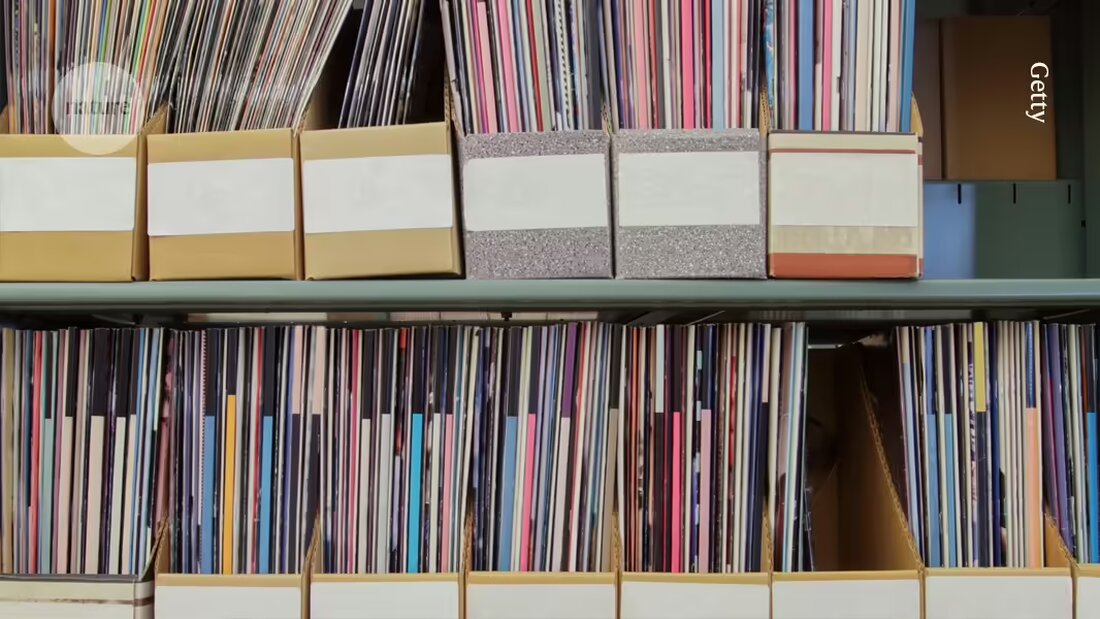Western scientists have a higher probability of publishing rejected articles - and faster
Western scientists have a higher probability of publishing rejected articles - and faster
Like actors and writers, researchers also experience their fair proportion of rejection. Scientists submit their work in magazines in the hope that it will be accepted, but many manuscripts are rejected by the preferred publication and finally accepted by another. A considerable number of submissions never find a home.
a study
After the fate of around 126,000 rejected manuscripts was followed, the research team found that authors in western countries are almost 6% more likely than those in other parts of the world to successfully publish a paper after rejection. According to the authors, this could be due to regional differences in access to 'procedural knowledge' on how to deal with rejections - how to interpret negative reviews, revise accordingly and re -enact with a magazine that will probably accept the work. (Many scientific magazines are based in western countries.)
"Maybe it's about being in the right networks and getting the right kind of advice at the right time," says Misha Teplitskiy, co -author and sociologist, who studies innovation in science and technology at the University of Michigan in Ann Arbor.
rejection check
Teplitskiy and his colleagues worked with data from iOP Publishing (IOP), a company based in Bristol, UK, which publishes more than 90 English -language magazines and belongs to the Institute of Physics.
They examined around 203,000 manuscripts that were submitted between 2018 and 2022 with 62 of the physical-scientific magazines of IOPP. Around 62% were rejected. The researchers searched a bibliometric database to see whether the same (or similar) work was later published elsewhere. They then ordered these publications according to the geographical region of the corresponding author - the researcher who is usually responsible for the publication process of a study - and compared the results for authors from the west (which they define as North America, Europe and Oceania) compared to those from the rest of the world.

In order to be able to compare the fate of rejected papers as fair as possible, the authors categorized them based on quality, based on the ratings and comments of the original experts, which were recorded in the opp data. In this way, they could 'compare the same with the same': for example, whether inferior papers from authors from the West had different results than those that were rated as a comparable quality, but were written by authors from other parts of the world.
The analysis-before the peer review as a Preprint on the SSRN-Server
In a breakdown according to countries, the analysis of the team showed that around 70% of the work from Asian nations such as China and India were finally published, compared to 85% from the United States and almost 90% for many European countries (see 'Publication expenses according to Land').
What is responsible for these differences is difficult to say, says Teplitskiy, but the results are consistent - at least in part - with the idea that the tacit norms and rules of the publication process in the west circulate, which leads to a higher probability of successful reactions from Western scientists. His team tried to ask the authors of rejected papers about this hypothesis in a follow-up survey, but received few answers.
navigate the system
The way in which the authors evaluate and compared papers of similar quality is a good approach, says Honglin Bao, a data scientist at the Harvard Business School in Boston, Massachusetts, who previously worked in China: "I think that works."
Different procedural knowledge could contribute to the known distortion in the peer review system against researchers from non-western countries, says Bao. Another possibility is that cultural factors work against researchers and contribute to distortion of the system. For example, many magazines are written in English, What researchers whose mother tongue is not English is disadvantaged and could contribute to their poorer performance after a rejection.
Teplitskiy will now face the possible rejection new enforcement cycle. He submitted the study on the Peer-Review to the magazine Proceedings of the National Academy of Sciences , but is realistic with regard to the probable result. "I think this paper is great, but I know that the process is loud," he says. "We expect it to jump back and forth and then land somewhere."
-
Chen, H., Rider, C. I., Jurgens, D. & Teplitskiy, M. Preprint at https://ssrn.com/abstract=4872023 (2024).


Kommentare (0)